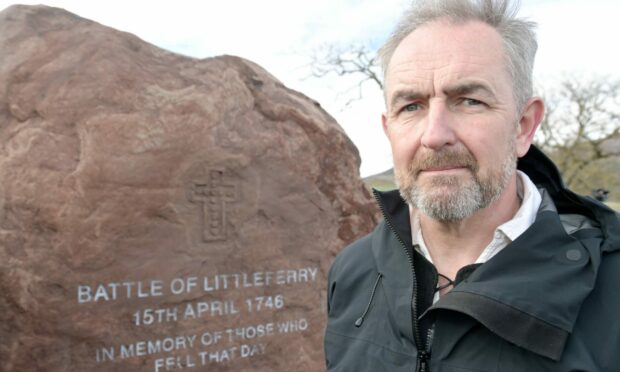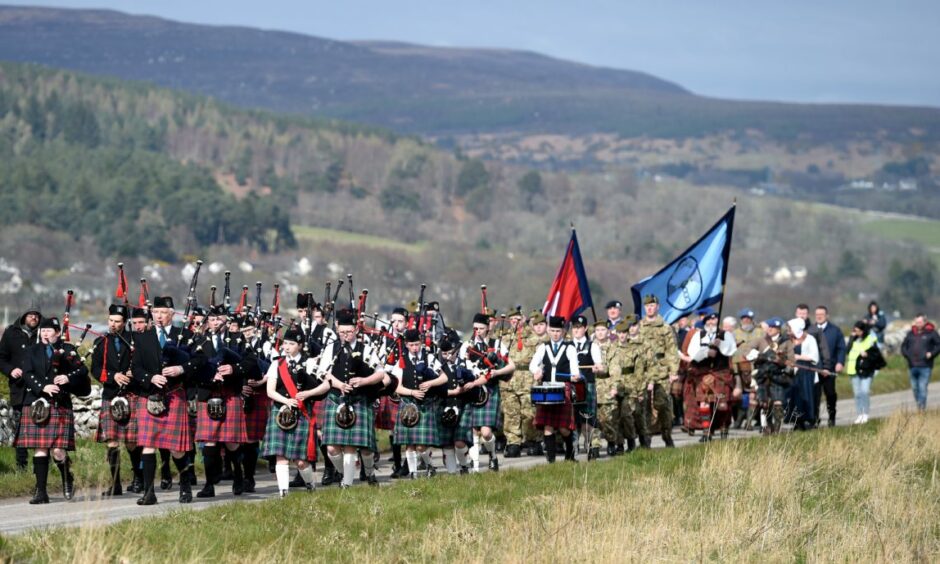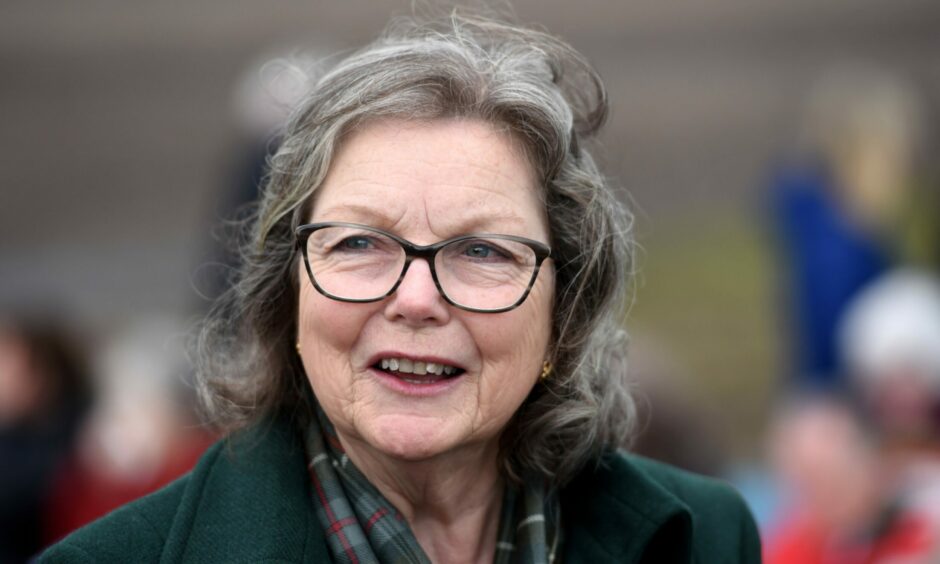Once largely forgotten, a significant Highland battle’s legacy is now set in stone.
The Battle of Littleferry on April 15 1746 has been overshadowed by events the following day when Jacobite soldiers were defeated by government troops at Culloden.
But a community project to raise awareness of the historic event means it will not only have its place in history, but be part of the area’s future.
What happened at Littleferry?
The battle involved a 300-400 strong regiment under the Earl of Cromartie and three Government-supporting militia companies.
Cromartie’s men were heading to join Prince Charles at Culloden from Caithness and Sutherland under orders to gather ammunition, money and recruits.
They arranged to march from Dunrobin Castle to Littleferry. But their plan was revealed and they were ambushed by elements of the Earl of Sutherland’s militia.
It is thought about 50 were killed and 178 captured in the battle near St Andrew’s Church in Golspie, along the ferry road and at the harbour.
As events continue to mark Culloden’s anniversary, a poignant ceremony at the Littleferry site saw a large memorial stone dedicated to honouring those who died on both sides of the conflict.
The seven-tonne stone from the side of Ben Bhraggie is a permanent memorial on the Golspie to Littleferry road.
It is part of a battlefield trail, which the Golspie Heritage Society began to mark out in January.
It is hoped the trail will become a tourist attraction, linking to Culloden and other sites associated with the Jacobites, as the popularity of the Outlander books and TV series increases interest in the 1715 and 1745 Risings.
Wreaths laid and a poignant handshake
As a crowd of local people looked on, wreaths were laid by Dr Monica Main, Lord Lieutenant of Sutherland, and Donald Rowe, chairman of the Royal British Legion Scotland Golspie branch.
They were joined by Ronald Munro Ferguson, a descendant of Lieutenant Hector Munro from the Golspie company militia, and Margaret Openshaw, a descendant of Ensign George Mackenzie, from Cromartie’s regiment.
The pair shared a friendly handshake as a symbolic gesture of peace.
Mr Ferguson said: “I’m delighted to be here, it certainly means a lot to me.
“It’s now been given its proper place in history. People like history and I think they will come to visit the trail.”
Mrs Openshaw said one of her ancestors was lost at the battle and another captured, imprisoned and transported to Barbados.
Day of reconciliation
“I’m here to tell my story and find out more about the battle. This is not just a memorial to everyone who fought and fell here, but it’s a day of reconciliation.”
The ceremony was the culmination of an 18-month project led by Major General Patrick Marriott, a former commandant of the Royal Military Academy at Sandhurst.
Maj Gen Marriott, who has also written the first full history of the battle and a battlefield guide, missed the event due to Covid.
Reading his words, his wife, Henrietta, said most battlefield memorials are for one side only.
“This memorial is different. It stands in memory of the fallen on both sides. It sets no one apart for blame or for praise.
“It does not bicker over cause. It does not seek to prolong any more suffering.
“In bringing old adversaries together on one stone, it places peace above the festering of old wounds.
“All conflicts divide and none more so than when a conflict is within one’s own people. Littleferry saw clan against clan, kith against kin. Here cousins and past friends fought against each other.
Memorial provides ‘closure’
“We are told never to let the sun set on a quarrel. The sun has set over 100,000 times since Littleferry was fought on that day in 1746.
“So let this memorial be a closure for those who fought here and for all who suffered at that time. A laying down of swords, a setting aside of grievances, a coming together in spite of differences.
“Above all else, and how timely as we think of current world events, a placing of peace above war.”
Ian Sutherland, chairman of Golspie Community Council, said the event was important to the area.
“This was a second last battle fought on British soil and it was forgotten for more than 250 years.
“To forget history is to forget a lot of lessons. I think these things should be remembered.
“From a tourism point of view it’s another feather in our cap. I hope that’s a lasting legacy.”




